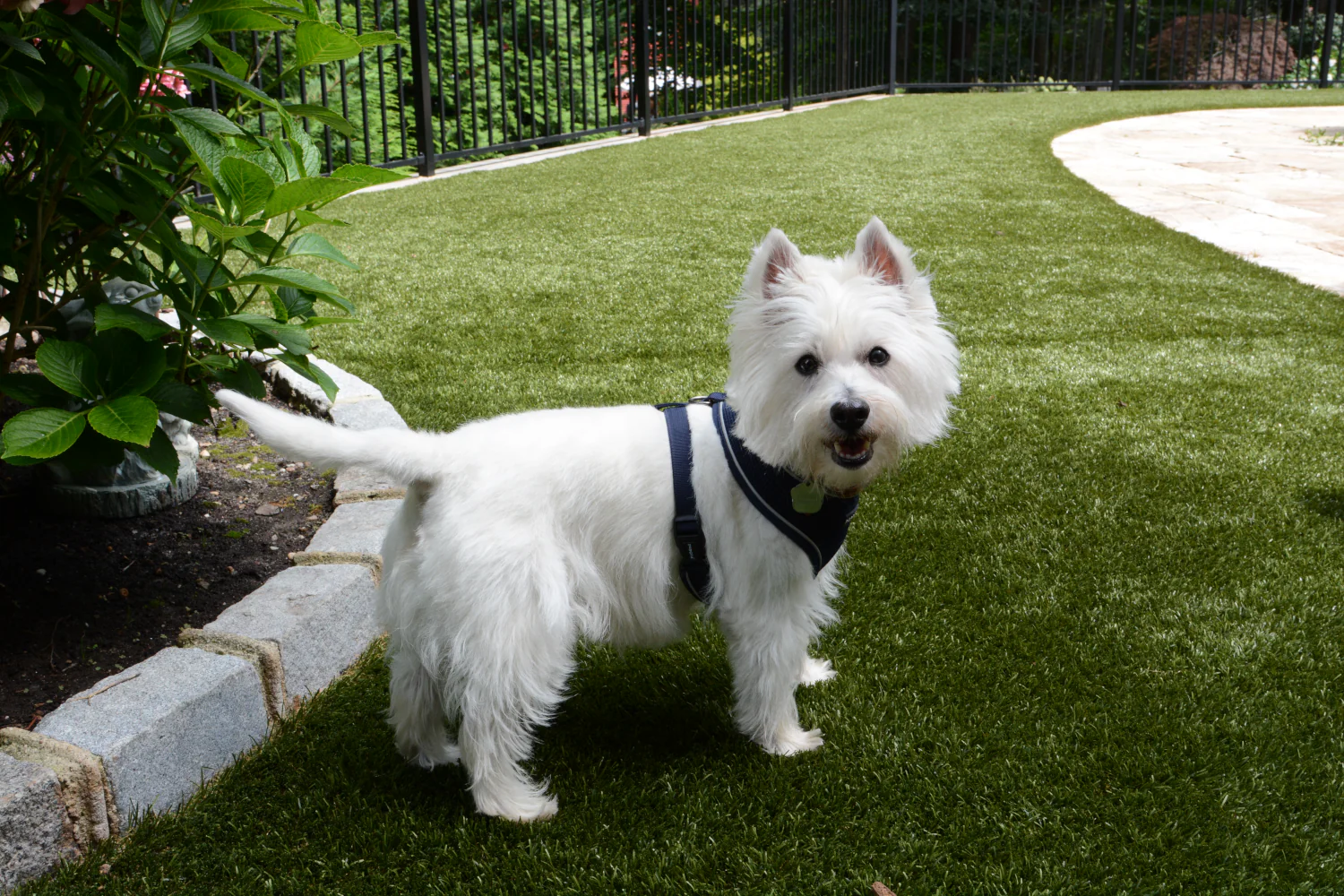How to Avoid Pet Turf Mistakes

You picked artificial grass for the easy care and neat appearance — a good choice. But pets make things different. Here’s a quick guide to the most common problems that happen to fake grass for dogs and exactly what to do about all of them, the easy way.
1. NOT PICKING UP DOG POOP
What happens: A forgotten pile hardens, smears, or seeps into the infill.
Why it matters: Hardened piles can trap bacteria and cause lasting marks.
Fast fix: Pick up and dispose as soon as you can. If residue remains, use a soft brush and a garden hose to lift it out.
Habit to build: Keep a small scoop and lidded trash can near the yard for quick cleanups.
2. URINE BUILD-UP
What happens: Dogs pick the same areas and urine collects.
Why it matters: Bad smells and yellowed infill may follow.
Fast fix: Rinse with a hose periodically to prevent buildup, especially if weather is dry. For persistent odors, a enzyme spray made for artificial turf might be needed when using regular sand infill. Using specialized SWG/Shaw K9 infill eliminates all dog urine or ammonia smells.
Preventive move: Rotate play zones or place treats to spread traffic around.
3. DIGGING, CHEWING, AND NAIL DAMAGE
What happens: Dogs paw at the ground, chew edges, or their nails snag seams.
Why it matters: Tears, loose edges, and damaged fibers reduce turf lifespan and create tripping spots.
Fix: Trim nails regularly and pin down loose areas with ground stakes or adhesive recommended by the turf maker.
Prevention: Give dogs a specific digging spot and provide chew toys.
4. WATER DRAINAGE PROBLEMS
What happens: Water pools after storms or heavy use.
Why it matters: Pooled water can promote mold and create wet play zones.
Fast fix: Remove debris from water drains. Lightly lift turf edges near drains to check for blockages.
When to call a pro: If the same spot keeps flooding, the ground may require adjustment.
5. MATTED TURF FIBERS
What happens: Frequently used areas start to look worn out and compressed.
Why it matters: Compressed infill locks in dirt and makes turf harder.
Fast fix: Lift blades with a soft-bristle broom.
Routine: Brush high-use areas once a month to keep the turf upright.
6. USING THE WRONG CLEANING PRODUCTS
What happens: Strong chemicals damage the backing and fibers.
Why it matters: Loss of color, damaged seams, and reduced turf life.
Fast fix: Rinse affected areas thoroughly and use pet-safe gentler turf cleaners. A vinegar-water mix works for many smell problems.
Note: Avoid toxic cleaners and wire bristles.
QUICK CARE CHECKLIST
- Pick up waste within a few hours
- Flush urine spots at least once a week
- Brush high-use turf areas monthly
- Keep food and messy treats on a mat
- Use enzyme cleaners labeled safe for synthetic turf
- Investigate drainage after heavy storms
NEED A DEEP PROFESSIONAL CLEANING
Everyday care can keep your artificial turf for dogs clean, smelling fresh, and appearing well-kept. If you need help — from a deep clean to fixing drainage issues or refreshing infill — Southwest Greens can step in and handle the heavy lifting so your turf stays pet-friendly and guest-ready. Contact us, and we’ll map out the best next step for your lawn.
